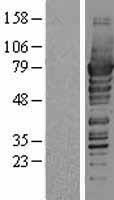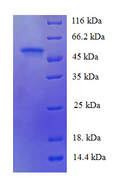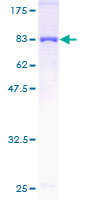order histories, retained contact details for faster checkout, review submissions, and special promotions.
Forgot password?
order histories, retained contact details for faster checkout, review submissions, and special promotions.
Locations
Orders Processing,
Shipping & Receiving,
Warehouse
2 Shaker Rd Suites
B001/B101
Shirley, MA 01464
Production Lab
Floor 6, Suite 620
20700 44th Avenue W
Lynnwood, WA 98036
Telephone Numbers
Tel: +1 (206) 374-1102
Fax: +1 (206) 577-4565
Contact Us
Additional Contact Details
order histories, retained contact details for faster checkout, review submissions, and special promotions.
Forgot password?
order histories, retained contact details for faster checkout, review submissions, and special promotions.
PDZK1
PDZ domain containing 1
A scaffold protein that connects plasma membrane proteins and regulatory components, regulating their surface expression in epithelial cells apical domains. May be involved in the coordination of a diverse range of regulatory processes for ion transport and second messenger cascades. In complex with SLC9A3R1, may cluster proteins that are functionally dependent in a mutual fashion and modulate the trafficking and the activity of the associated membrane proteins. May play a role in the cellular mechanisms associated with multidrug resistance through its interaction with ABCC2 and PDZK1IP1. May potentiate the CFTR chloride channel activity. Required for normal cell-surface expression of SCARB1. Plays a role in maintaining normal plasma cholesterol levels via its effects on SCARB1. Plays a role in the normal localization and function of the chloride-anion exchanger SLC26A6 to the plasma membrane in the brush border of the proximal tubule of the kidney. May be involved in the regulation of proximal tubular Na+-dependent inorganic phosphate cotransport therefore playing an important role in tubule function.
| Gene Name: | PDZ domain containing 1 |
| Synonyms: | PDZK1, CAP70, CLAMP, NHERF-3, PDZD1, PDZ domain containing 1, NaPi-Cap1, NHERF3 |
| Target Sequences: | NM_002614 NP_002605.2 Q5T2W1 |
Publications (2)




If you do not find the reagent or information you require, please contact Customer.Support@LSBio.com to inquire about additional products in development.










